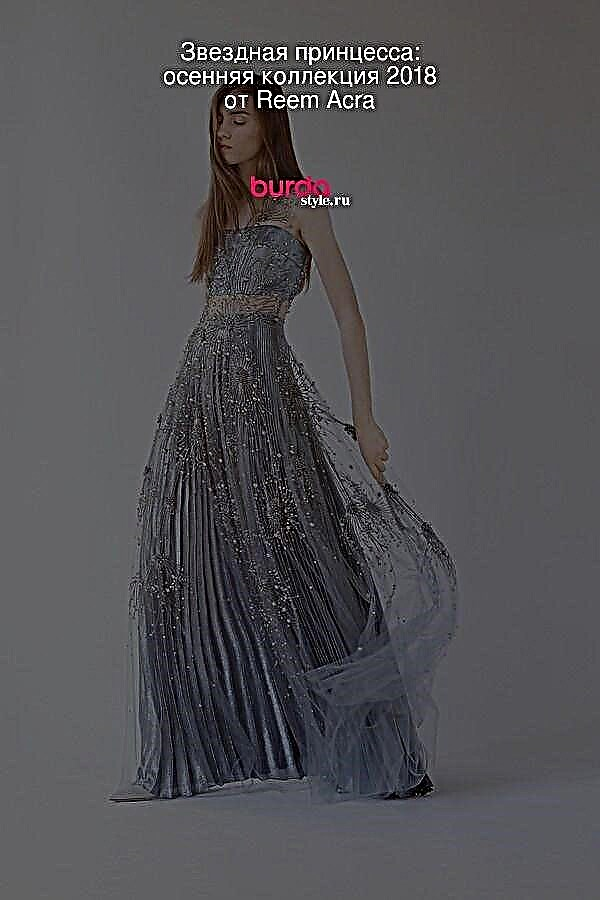A little about the properties, qualities and application of this plastic, "flowing" material.

What is an oil jersey?

So called knitted fabric with a particularly delicate, elastic, "flowing" and plastic structure. As a rule, the "oil" is bielastic, stretches perfectly and then takes its original shape, not prone to deformation. In English, this material is called “slinky jersey,” “tight-fitting jersey.”

In texture, thickness, appearance, "oil" may be different. For example, very thin, with a silky smooth or delicate matte surface. Or with the front side resembling velor. There are more dense and heavy varieties of such knitwear, while its plasticity and elasticity are preserved. There is knitwear “oil” and with a pile like fleece from the inside.
In most varieties of knitwear "oil" synthetic fibers are used (polyester, lycra / elastane), plus viscose. The proportions may be different, but the synthetics in it should definitely be, since it is precisely it that gives the “oil” the main properties.
What are jersey, ring and open end jerseys?
Knitwear "oil": basic properties

Whatever the texture, composition, and thickness of the oil jersey, this group of materials is distinguished basic properties:

* Elasticity, "fluidity"
“Oil” stretches perfectly in all directions, fits the figure well and drapes beautifully.
* Strength and wear resistance
Due to the presence of synthetic fibers in the “oil” it turns out to be more durable, less tearing and rubbing than, for example, cotton or wool knitwear.
* Ability to keep fit
No matter how this jersey stretches, in the end it almost does not stretch and does not crease. Plus - as a rule, does not sit down after washing.
Knitted fabrics with elastane fibers: properties and characteristics of the material
The properties of this material suggest some work features with him:

* Synthetic composition does not suit everyone
Fully synthetic knitwear "oil" or a material containing a large percentage of such fibers will not work for those who love natural fabrics. Dense types of "oil" can be uncomfortable in the heat, thin can not warm if it is cold.
* Possible tightening
“Oil”, especially the delicate types of this knitwear, are quite easy to tighten. Hooks can appear not only due to contact with something sharp, but even from exposure to coarse tissue.
* The ability to emphasize any unevenness is not always appropriate
Due to the increased ability to cling to the body, “oil” (especially the subtle types) emphasizes those protrusions and irregularities on which one would not want to fix attention. Therefore, they often sew from it something free, flowing, draped. Thin knitwear "oil" may be suitable for sewing underwear. Fleece "oil" - for example, for home clothes.
Photo: minervacrafts.com, thetextilecentre.co.uk, alices-boutique.co.uk, PrettyLittleThing, alamourthelabel.com, stforfabrics.co.uk



